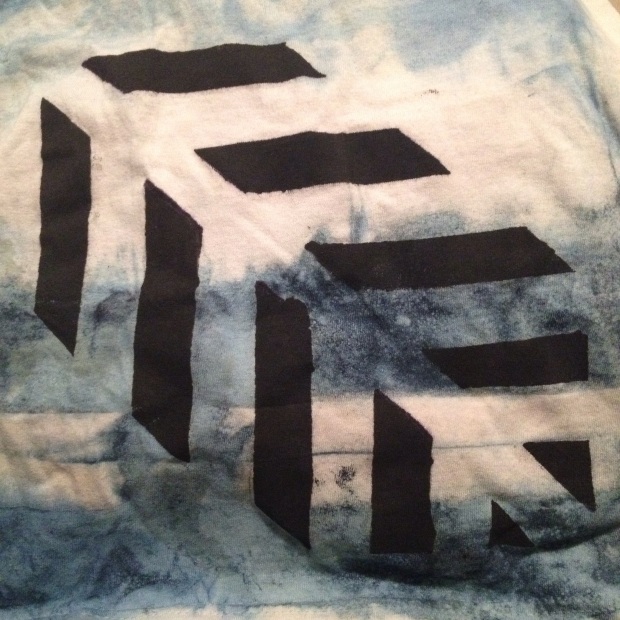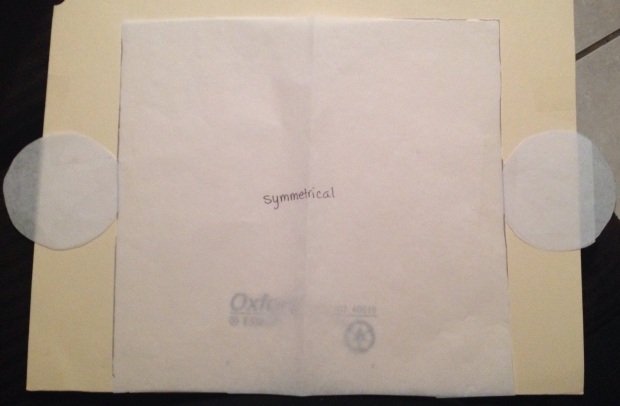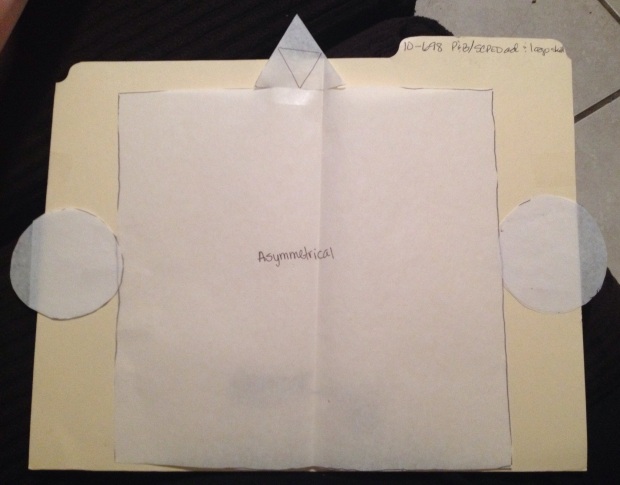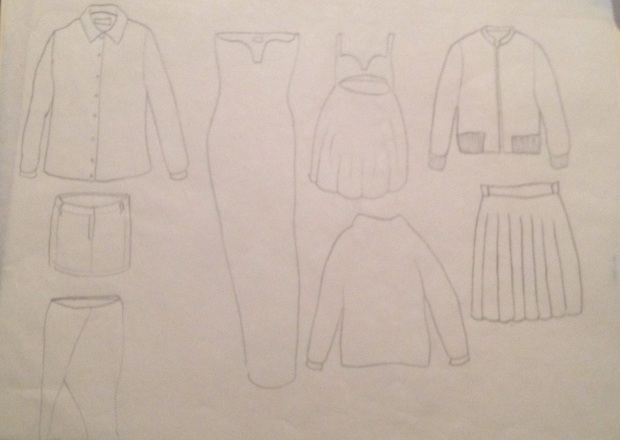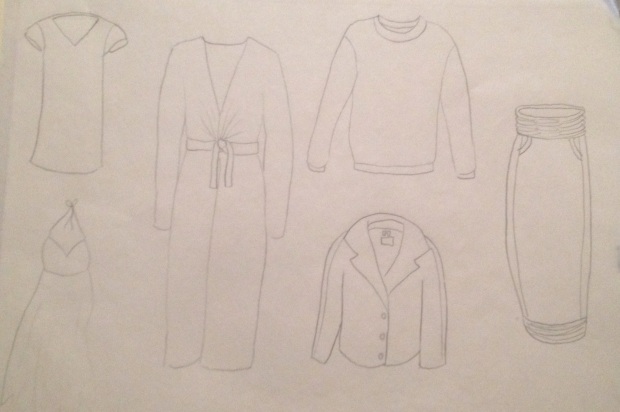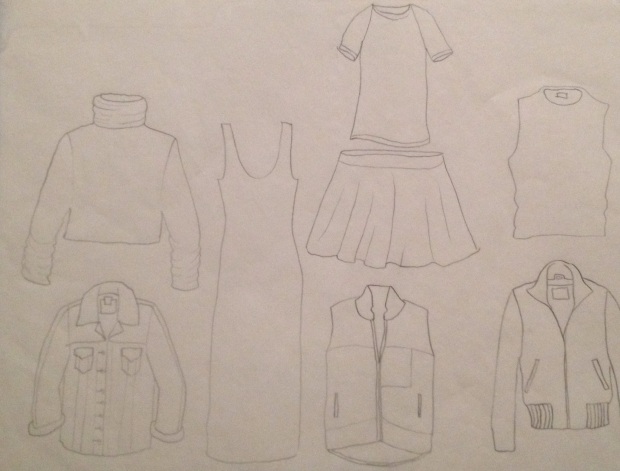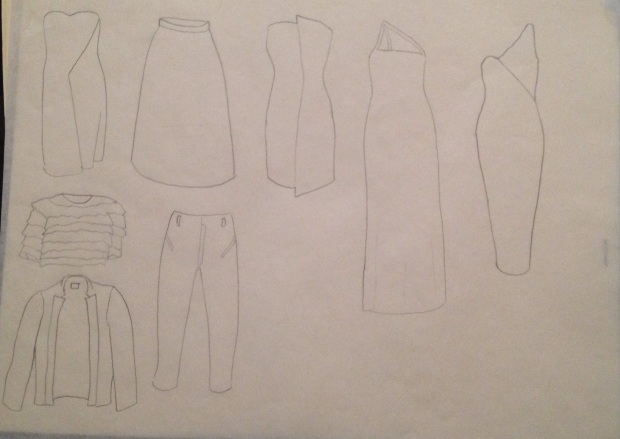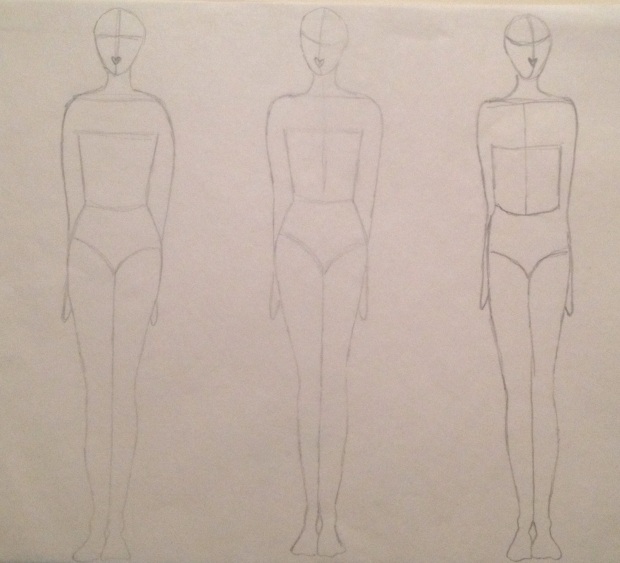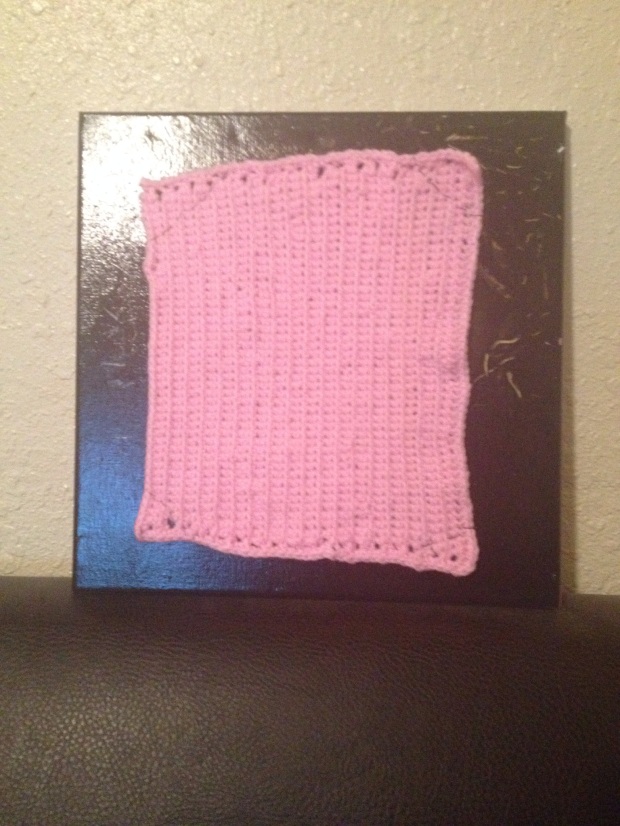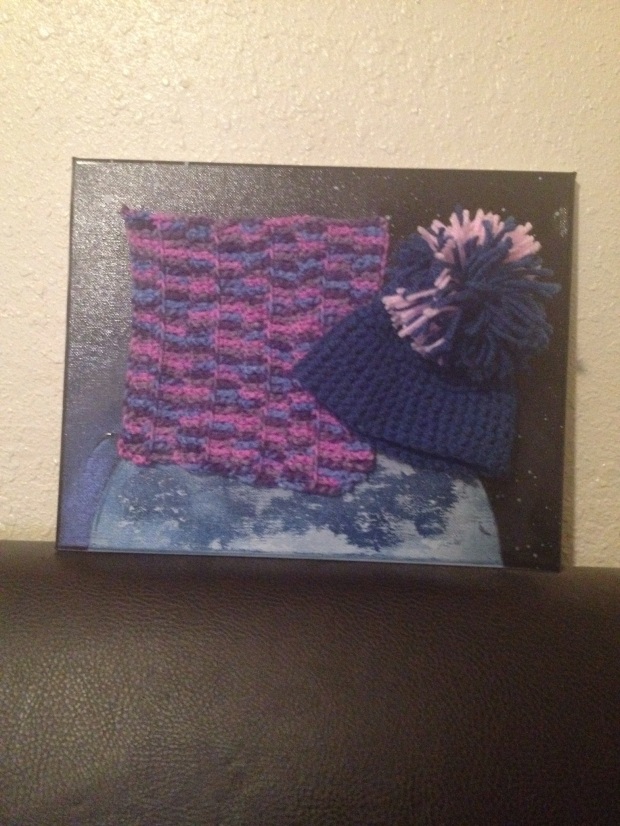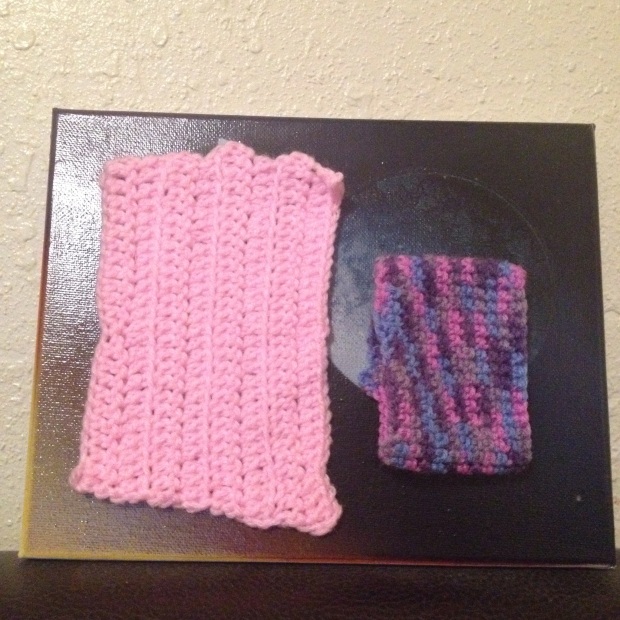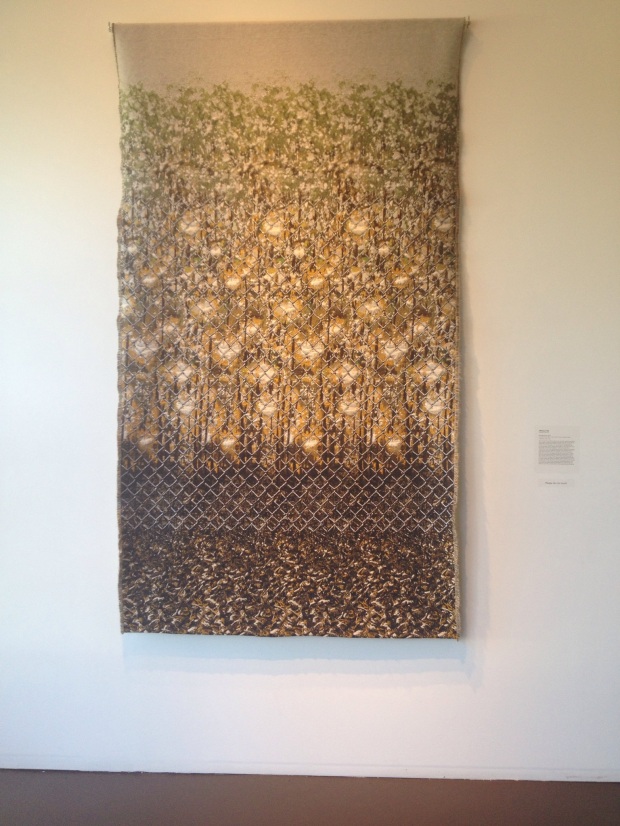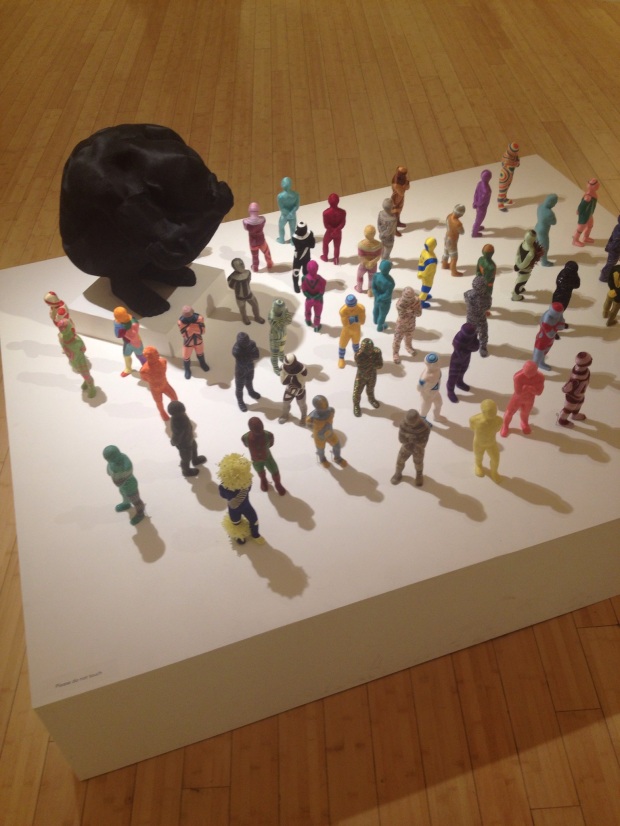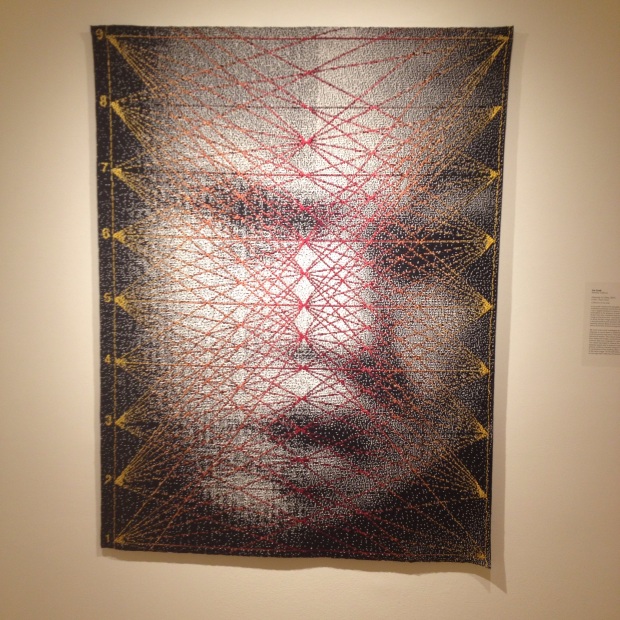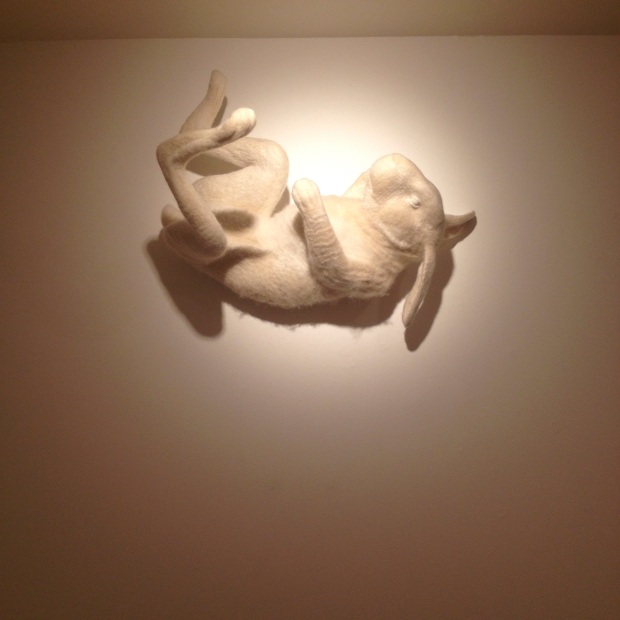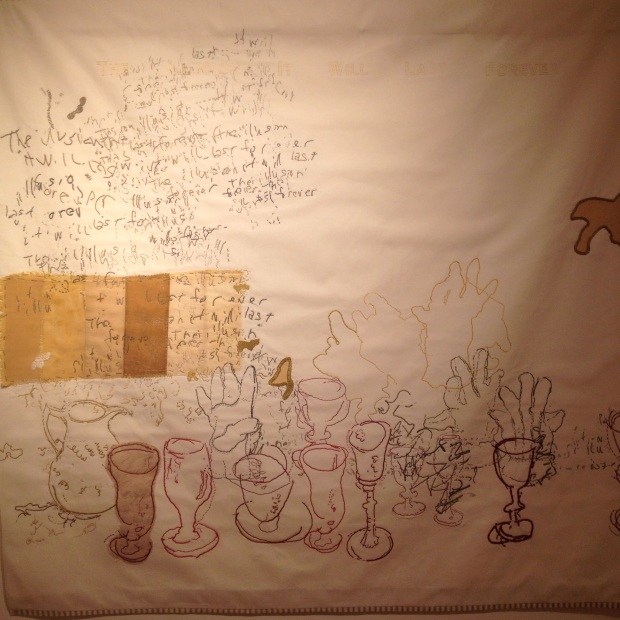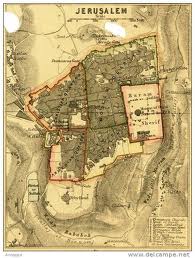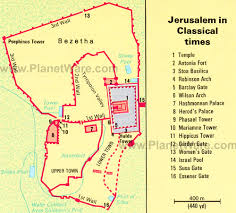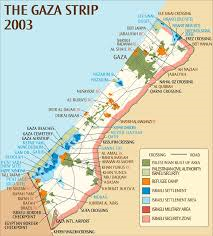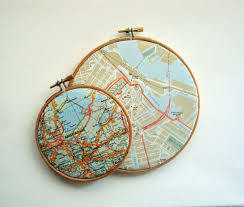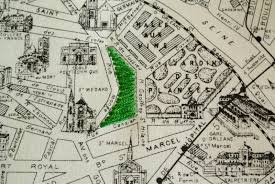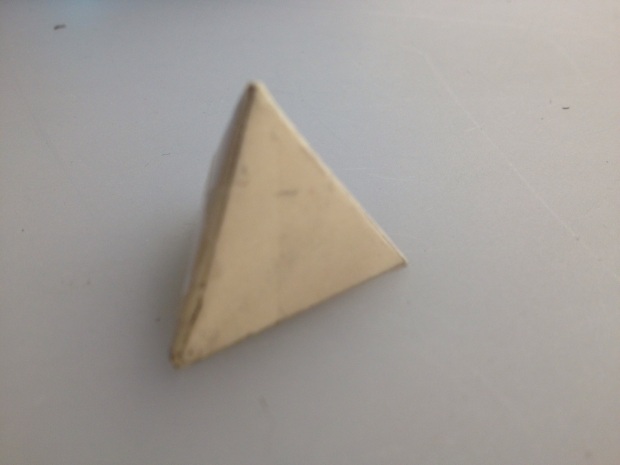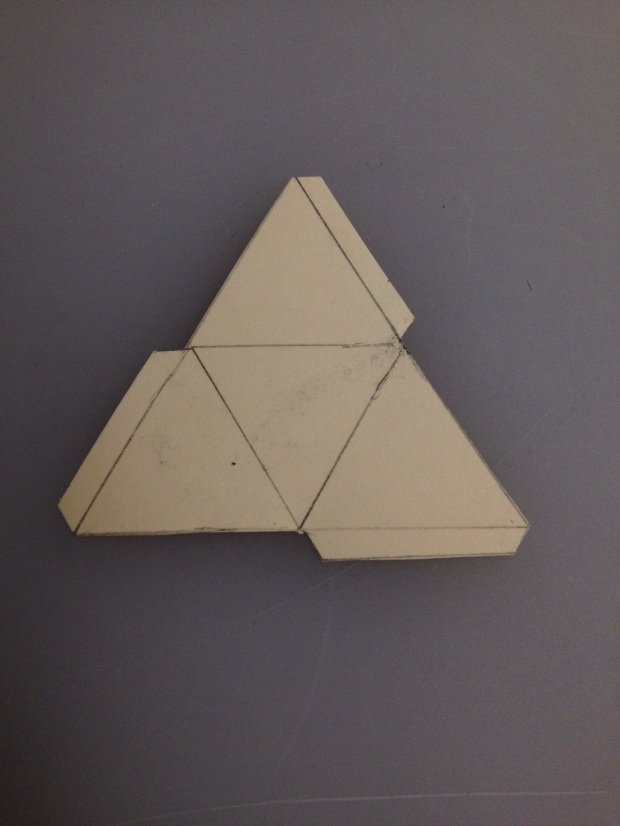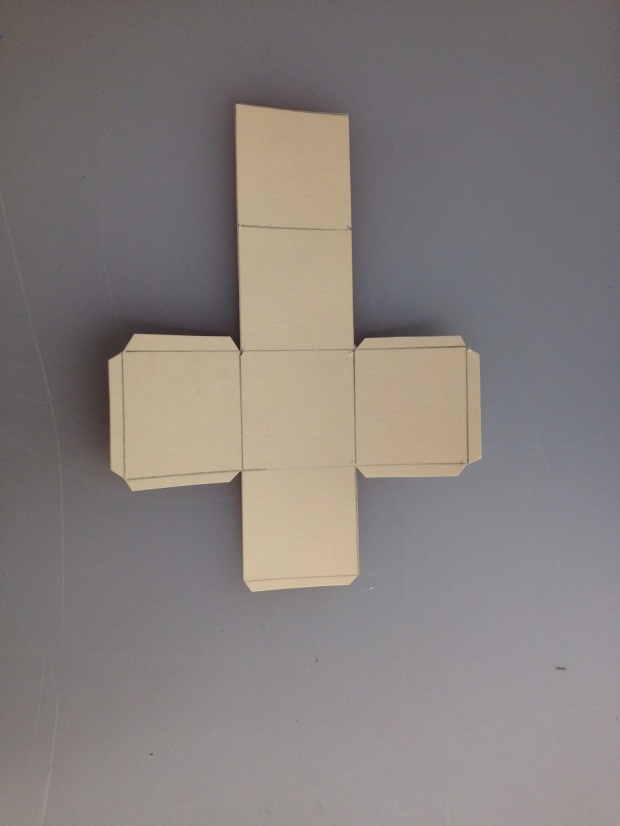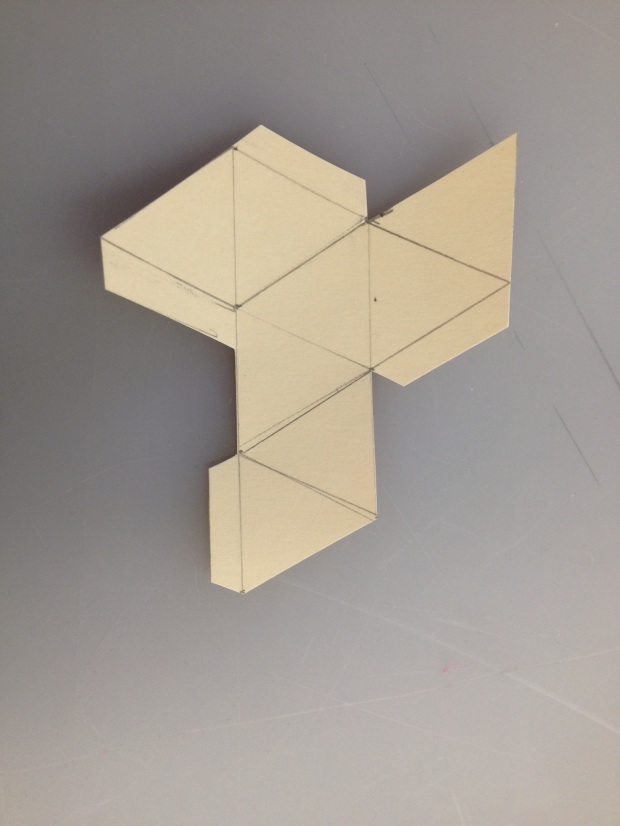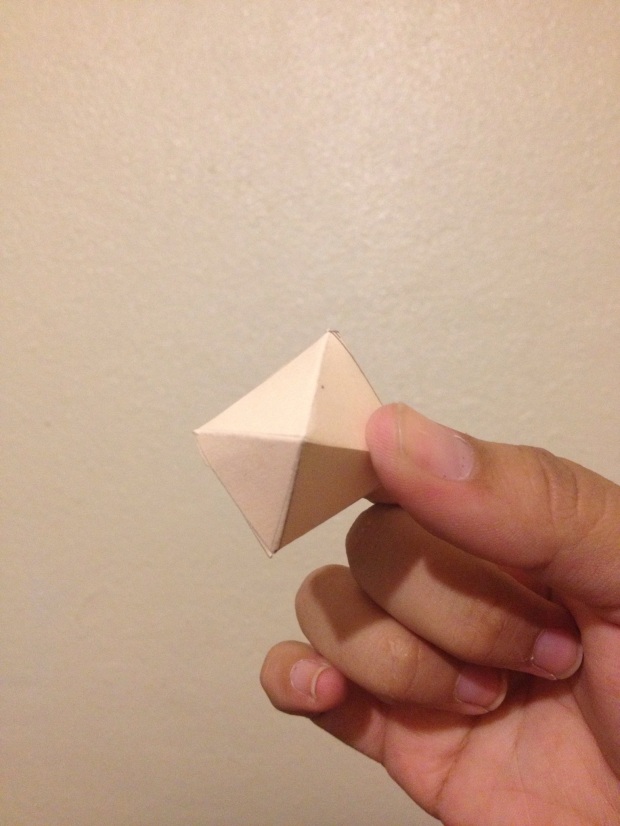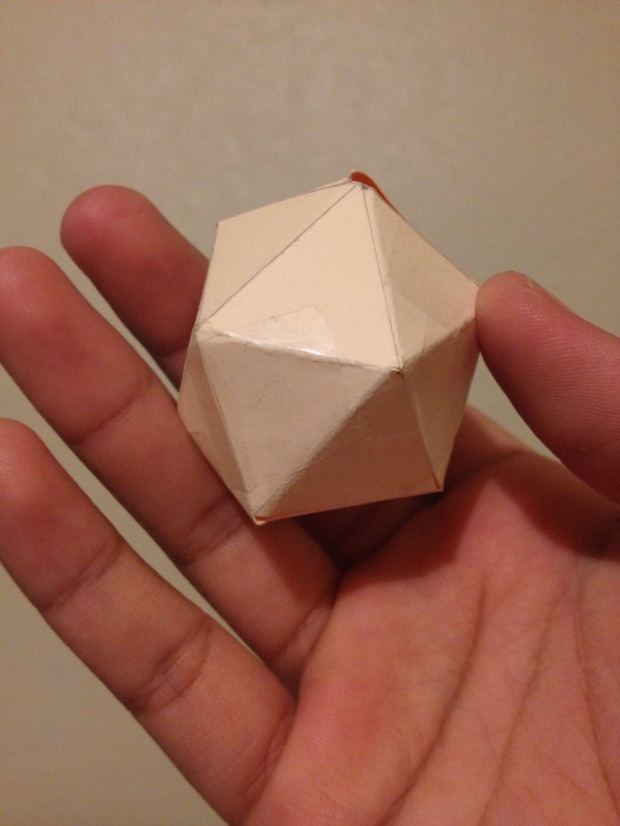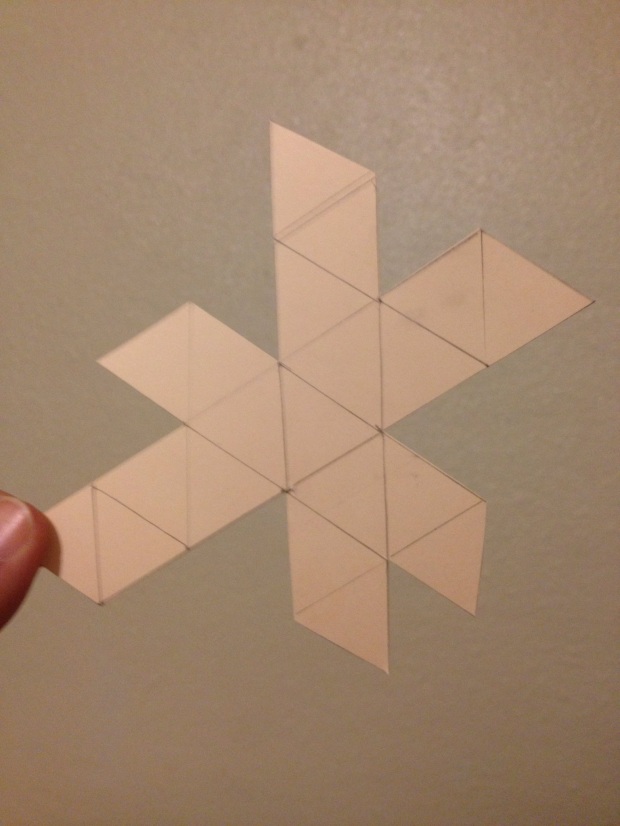I was inspired by the map quilts on carpaleaks, but instead I would
Embroider a map. I wanted to put my focus on the struggles they’ve been going on in the Middle East: Israel vs Palestine. My map is of Jerusalem.
Fashion
Art 156: Rhythm
Art 156: Balance
Art 156: Emphasis
Art 156: Proportion
Art 156: Unity
Art 156: New Directions Exhibit
Delicately placed in the middle of the hustle and bustle that is Wilshire Boulevard, sits The Craft and Folk Art Museum. If you didn’t know better, you might have assumed that the charming little building was taken from a story book and placed unknowingly amongst the urban setting. Yellow, black and white are splashed across the front of the building in a variety of patterns, just like the interwoven patterns of the textiles that could be found inside at the New Directions exhibit.
Being a valuable player in the museum world, The Craft and Folk Art Museum has deeply contributed to Los Angeles’s culture since 1973. CAFAM is a place where friends and family can come together to spark imagination and innovation, and create an appreciation for the artisans and designers who feature their handcrafted pieces. On display till January 4, the New Directions: A Juried Exhibition of Contemporary Textiles was set up and organized by the Textile Society of America. The exhibit shows technical and structural innovation in textile art through veteran and up and coming artists around the world.
When first entering the CAFAM, you’re greeted with a huge origami installation that can be seen through the front window of the building. The soft acoustic guitar and lullabies being sung in foreign tongues send you on a transcendent journey as you begin the New Directions exhibit. On the first floor, you’re welcomed by Peggy Osterkamp’s “Four Veils,” which is reminiscent of four translucent tubular, ribbon-like jellyfish floating midair. She used cream colored hand woven silk to create these 3-dimensional objects.
The intricately woven tapestry “Borderlands” by the Brooklynite Whitney Artell makes you feel as though you’re a young foreign teen looking through the metal chain link fence that holds you back from the beauty of American freedom that’s seen in the glowing speckled terrain on the other side. The artist used Jacquard woven fabric, wool, mohair and synthetic yarns. Artell wanted to create a sense of terror and wonder at the same time. We wonder where we are on this side of the fence and what is looking back at us from the other side.
Other favorites were…
“Bystander” by June Lee
(Actually a very deep story behind it)
“Intensity-su Data” by Lia Cook
“Dead Hare” by Jenne Gilles
This next picture I didn’t get the name of, but it semi-inspired me for my final project with embroidery…
Art 156: Final Project Proposal
I was interested in learning more about the map quilts that were featured on Carpaleaks.org. But instead of a quilt, I think I want to embroider a map. My intentions with the maps would be themed after the tension between Israel and Palestine. I am going to embroider maps of Jerusalem and Gaza, and then I would frame them.
Art 156: Platonic Solids
Art 156: Reading Response #1
Article- The Impermanent Made Permanent: Textiles, Pattern, and the Migration of the Medium By Deborah Valoma
-I thought it was interesting and true when the author said that “weaving is the geometry of line acted out in three dimensions.”
-It’s amazing to think how far back in time fibers, strings, and textiles go back. According to Valoma, all the way back to the Upper Paleolithic period.
-it’s amazing to think that the weaving and strong structure is the same as it is in the Golden Gate Bridge as a grass woven bridge in a rural land. Woven structures provide strength. Buildings with a steel woven frame are stronger.
-Textile and weaving patterns are beautiful when you look at them hard.
-“Once you start to recognize patterns, you cannot stop.”
-Japanese Jamon pottery is beautiful and a treasured ancient form of pottery.
-Woven patterns in Mayan walls
-Music = patterns = rythum = dance
-weaving is a 3d art- up and over, over and around
-when textiles are found in archeological discoveries, they are often overlooked
-What does “rudimentary manipulations” mean? pg 45

